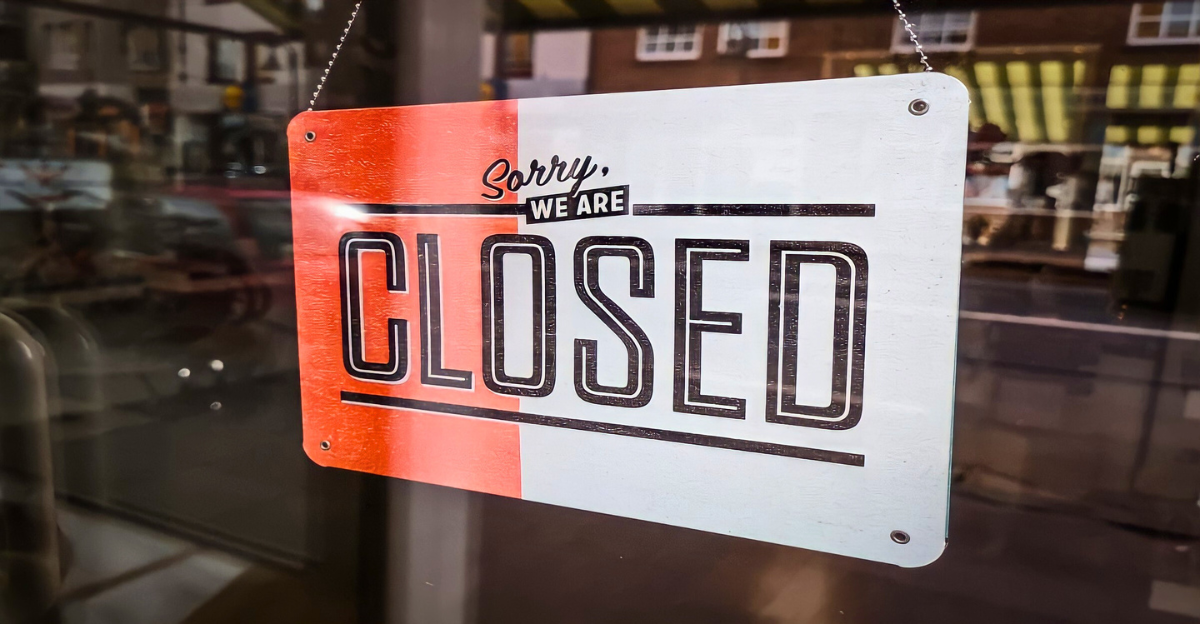
It defies reason: A thriving restaurant chain signals growing sales by closing/downsizing several restaurants. This defies the simple notion of growth when one assumes growth is expansion.
For example, Noodles & Company announced a 2% increase in revenue and nearly a 5% increase in same-store sales, yet they will close between 13 and 17 company-owned restaurants in 2025.
Comparing sales and shop closures as prices differ suggests that we may need to turn away from multi-million dollar overall data toward things such as operating costs, market demand, electric costs, and distribution strategies.
Rising Costs and Margin Compression: The Profit Killer No One Sees Coming
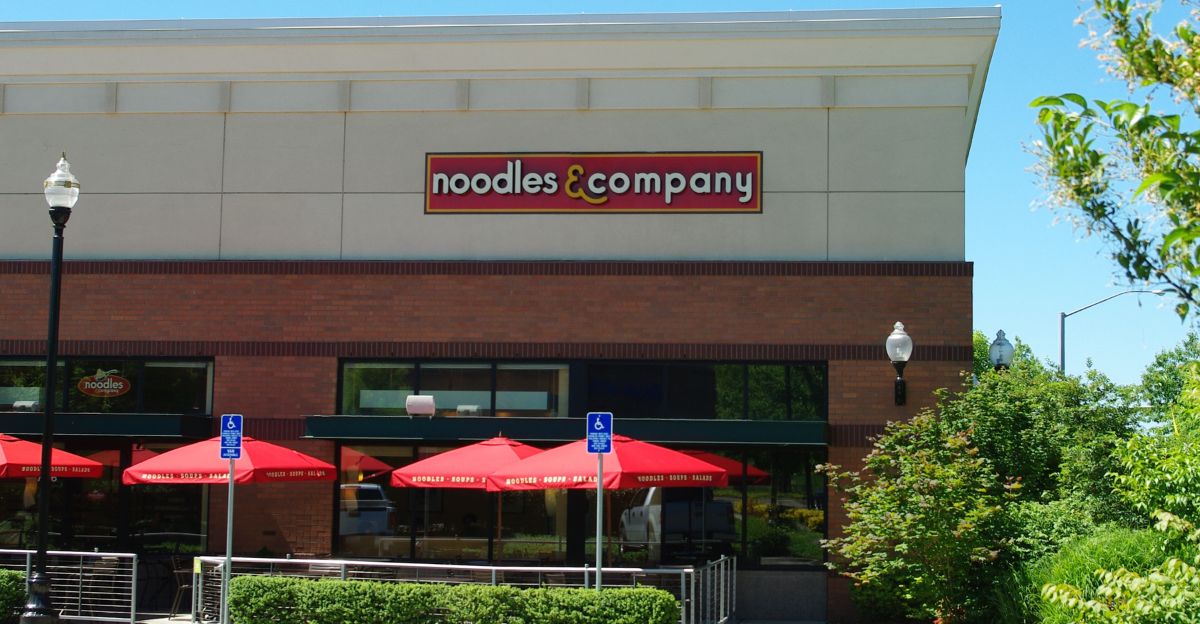
Despite growing top-line sales, surging food costs and advertising spend cut into restaurant-level margins. Noodles & Company experienced a 10.3% drop in restaurant contribution margin even as sales grew.
However, food cost inflation, wage inflation, and the persistent impacts of the supply chain are all making this an environment where profitability isn’t guaranteed simply by higher sales.
This margin pressure makes closing unprofitable units more necessary, proving that revenue growth alone is an incomplete operational prospectus. It’s an entirely different dictionary than what you have read in any other How to Do Business or Corporate Boss” writings on management.
Strategic Rightsizing Focuses On Quality Over Quantity
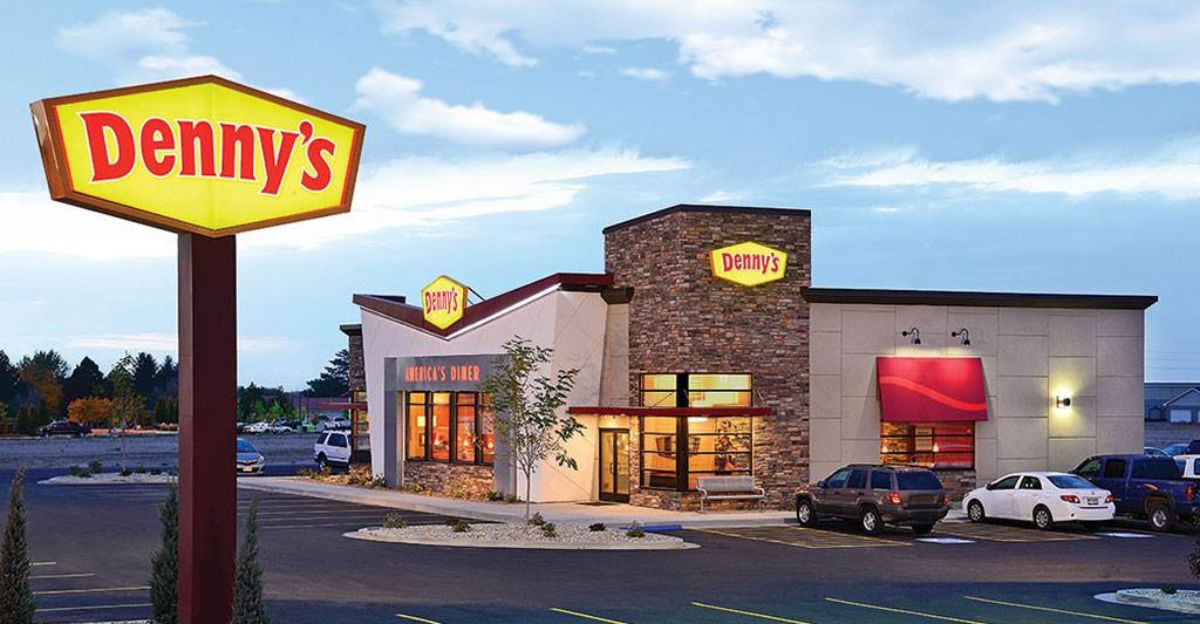
Many of those closures aren’t because they’ve hit redundancy or been failed business models. For firms such as Bloomin’ Brands and Denny’s, it often marks highly unprofitable operations with aging rate structures.
Closing down some sites can improve their longer-term profitability. This “right-sizing” shift puts a lot of value on profitable sites in well-located positions, getting rid of the rest.
It’s a brutal but necessary cut to keep a brand alive amid changing consumer habits and a challenging economic environment. The flower that blooms often has to shed itself by cutting to bear fruit.
Consumer Behavior Change and The Role Of Place
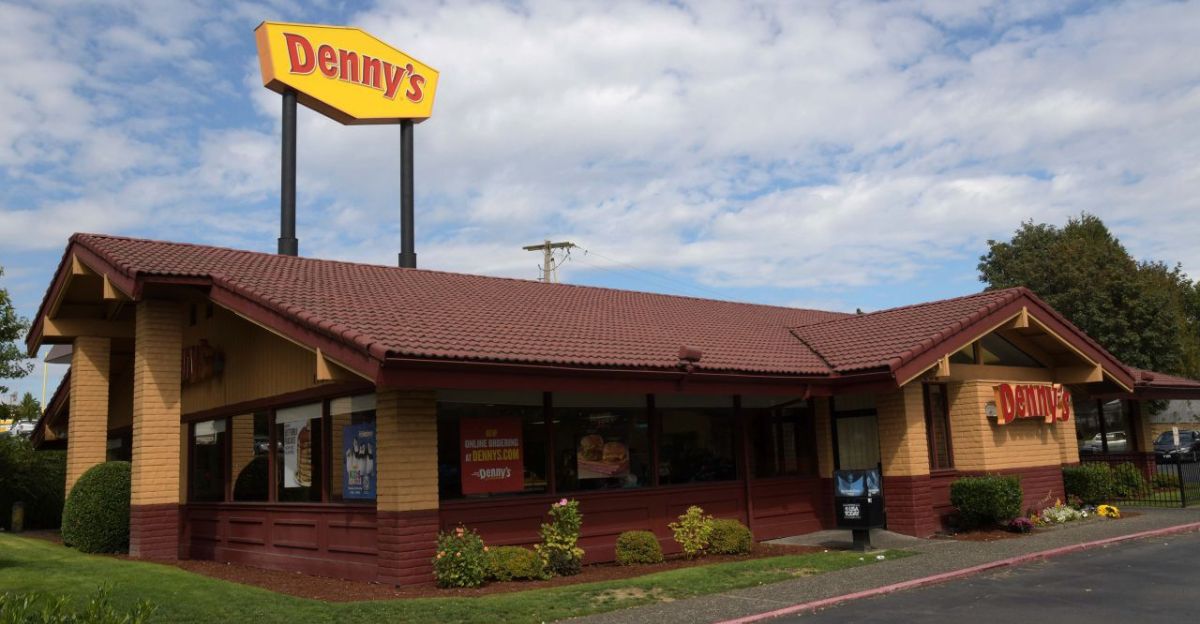
The pandemic caused some changes in dining patterns, such as takeout, delivery, and at-home cooking. These have reduced traffic for specific locations, particularly near offices or less stimulating neighborhoods.
Chains that once reaped the rewards of proximity to offices, in or near city centers and within a bustling neighborhood, are facing more pliable demand as hybrid work and migration to warmer climates reshape their customer base3.
Locations perceived to no longer represent a beneficial or profitable market niche also unclog the pipeline for closures, even in a growing environment, in total sales.
Labor Shortages and Operational Issues
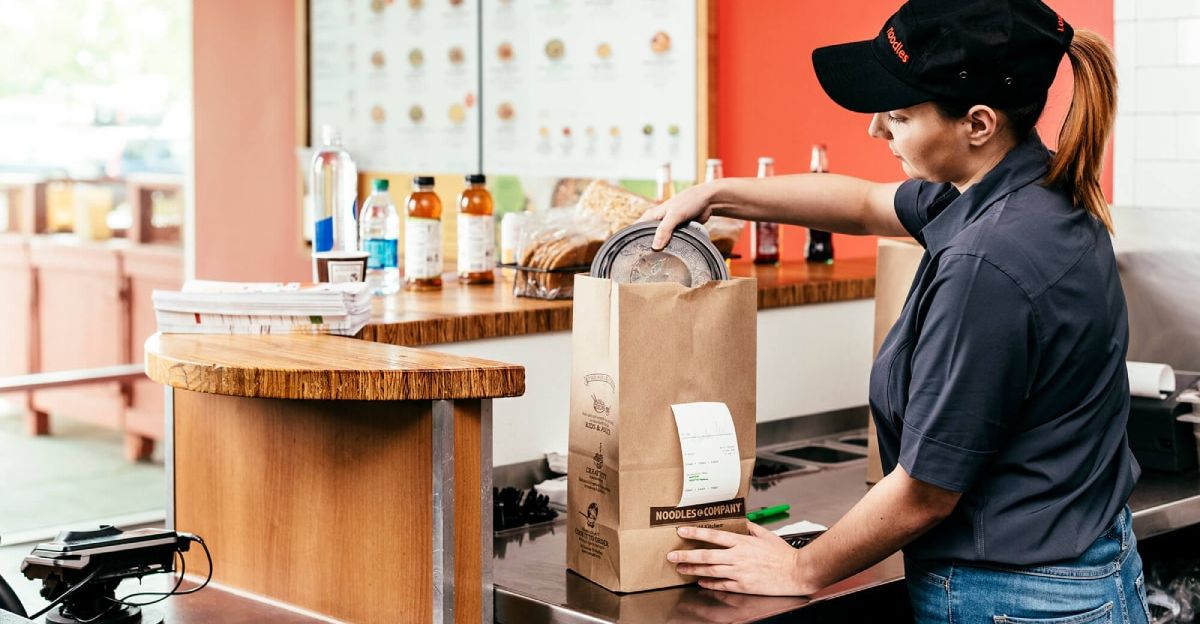
Tight labor markets exacerbate the issue, as most chains struggle to fully staff all locations (and even more so to serve them consistently), resulting in increased service issues and higher labor costs for many chains. Understaffed restaurants shed customers and sales volume, further undermining marginal stores.
Shutting these locations can be a pragmatic response to labor shortages. It concentrates personnel and resources on fewer, better-performing locations to maintain brand standards and customer satisfaction. However, the market niche becomes a liability despite overall sales growth.
Marketing Spend and Customer Loyalty
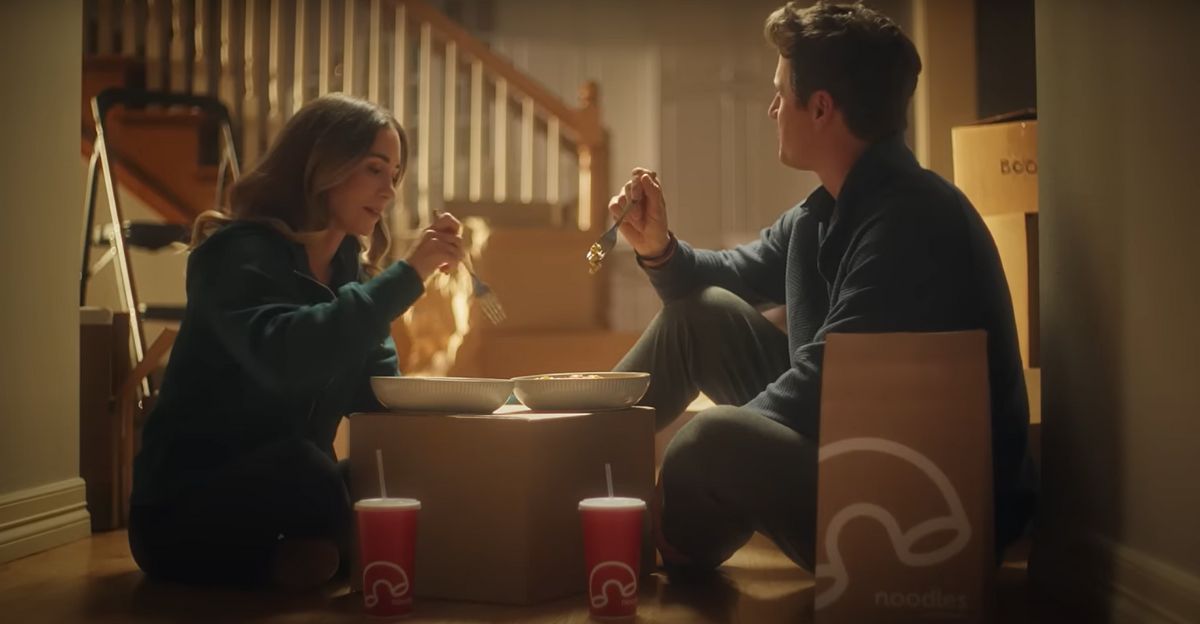
Noodles & Company’s “We Knowoodles” marketing campaign built brand awareness and app usage, which drove transactions. However,, higher marketing expenditures remain one of the pressure points on costs.
The irony is that while marketing generates sales, it also drives up operating costs, which puts pressure on margins. Chains must balance the expense of acquiring and retaining customers with the economic reality of many locations. Overall, this will result in closing the weakest restaurants.
Learning From Past Industry Changes
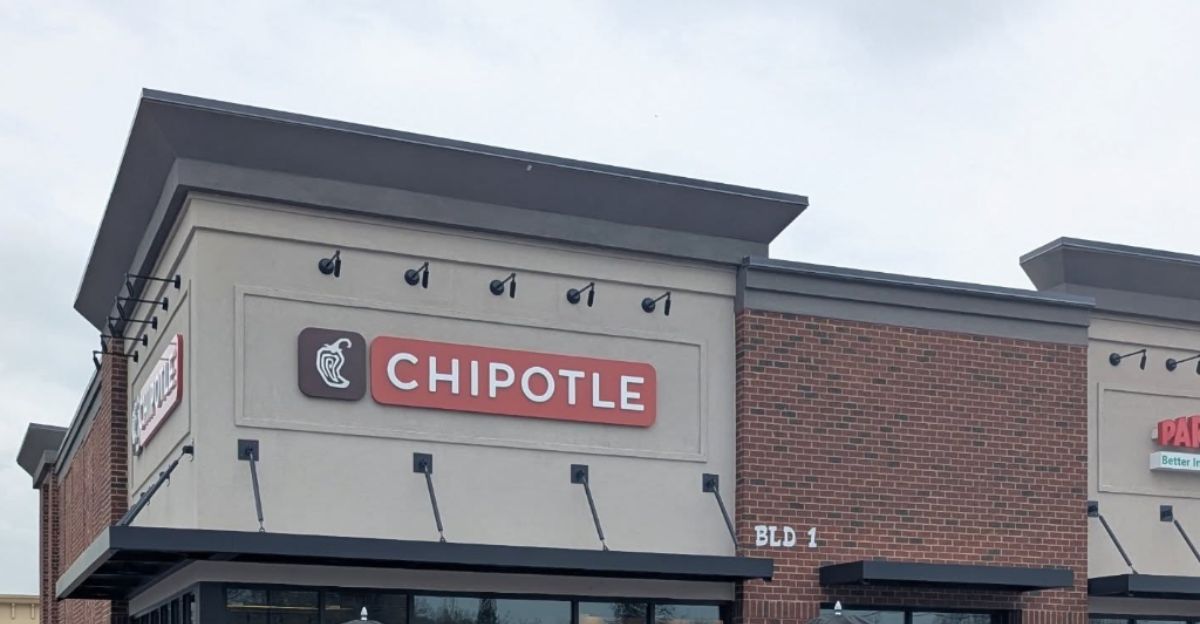
Chains have experienced growth and contraction cycles throughout history. The emergence of fast-casual players such as Chipotle shook up casual dining staples like Applebee’s, which had to shut stores even with brand-name recognition.
In the same way, Economic crises and pandemics have historically sped up the closures of poorly performing stores. Those antecedents show that changes in consumer tastes and economic conditions that contribute to store closures are not new practices, but rather forms of evolution in the sector.
Impacts Of Closure On Employees and Consumers
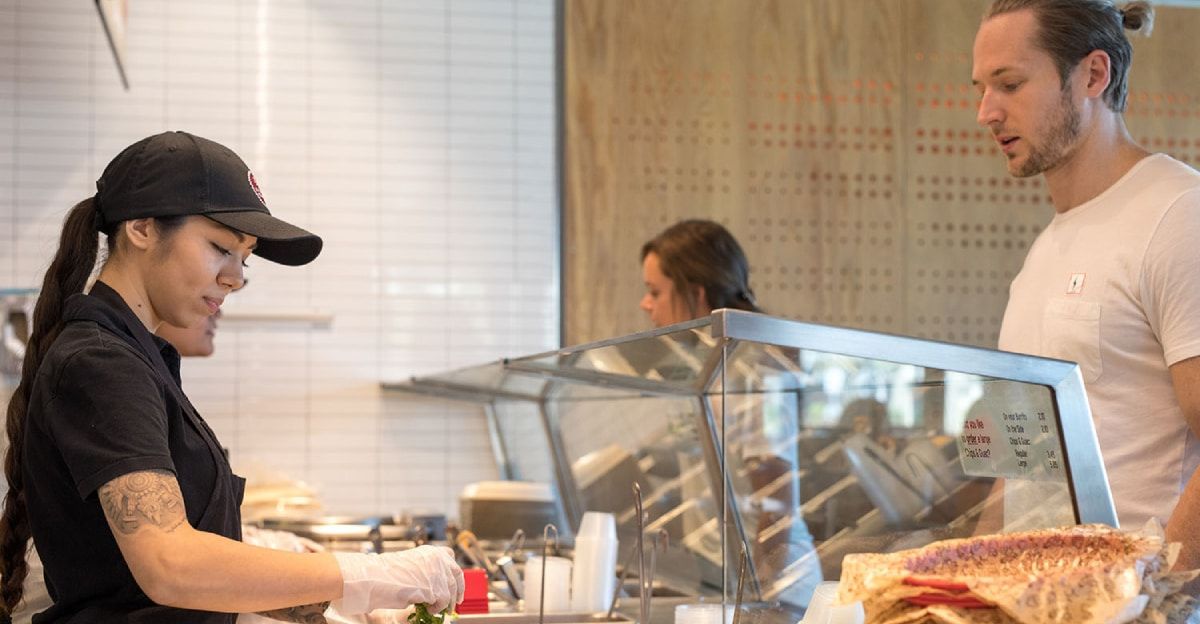
In the process of having their sales rise, closures could result in cognitive dissonance for consumers and employees, shaking belief in the brand and its future to such an extent that even associates themselves emanate that uncertainty.
Employee morale and standards of service decline, and consumer confidence in the brand’s prospects weakens. Straightforward and frank talk, as much as possible about strategic thinking behind closures, is necessary to shore up confidence in the consumer market.
Understanding The Bigger Picture With Inflation, Competition, and Debt
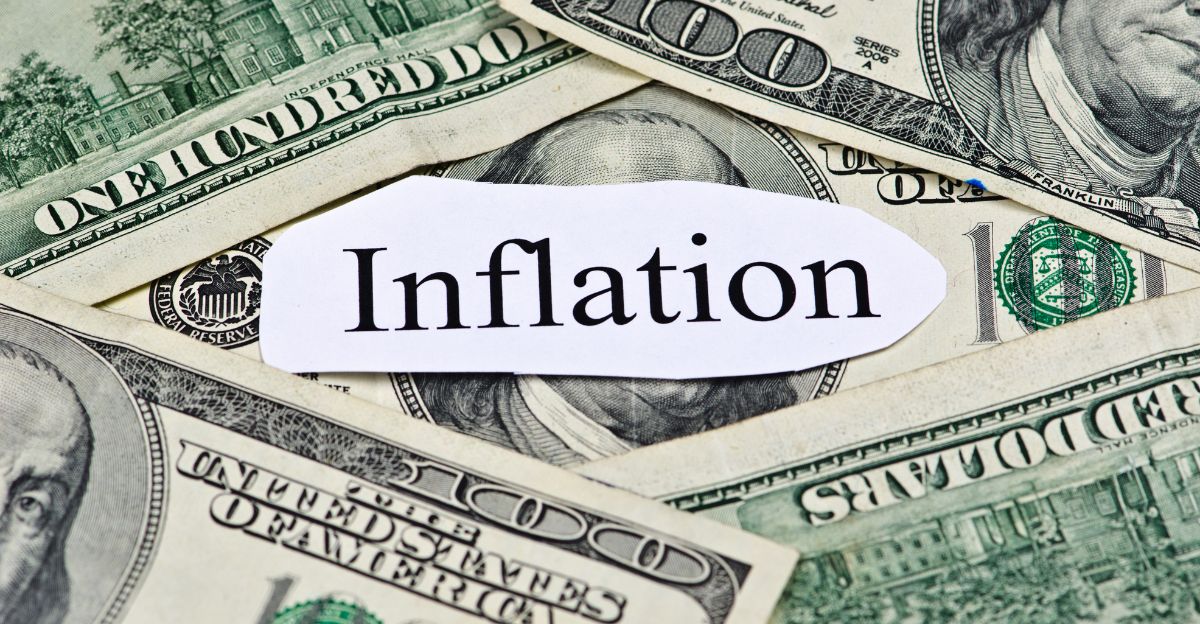
Apart from problems at the operating level, macroeconomic pressures are also present. Prices are increasing, while the larger supermarkets, fast-food outlets, and even delivery services are fighting to break into people’s pocketbooks.
Some chains have too much debt, which limits their new capital for investment or expansion. Under such pressure, making the corporate decision to close stores is a complex, yet mandatory task. The viability of the restaurant is simply more lies than its sales numbers.
Why Is Rising Sales Not Equal To Being Able To Expand?

Although sales are rising, this does not mean there are no hidden financial pressures, inefficient processes, or an overhaul. Restaurant chains closing locations amid growing sales reflect a nuanced reality: profitability, market relevance, cost control, and shifts in consumer behavior matter more than headline revenue.
The closures are an inevitable evolution, pruning weak links to strengthen the entire chain. For consumers, workers, and investors, the story’s moral is straightforward: sales growth is only one piece of a complex puzzle that is success in today’s turbulent restaurant industry.
